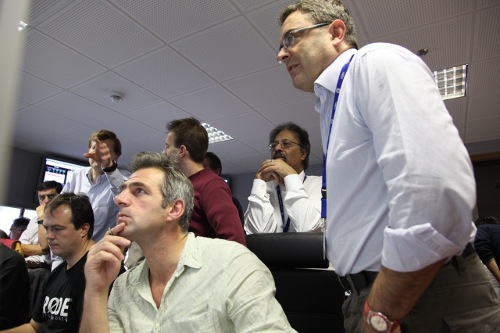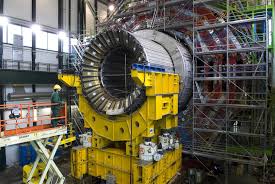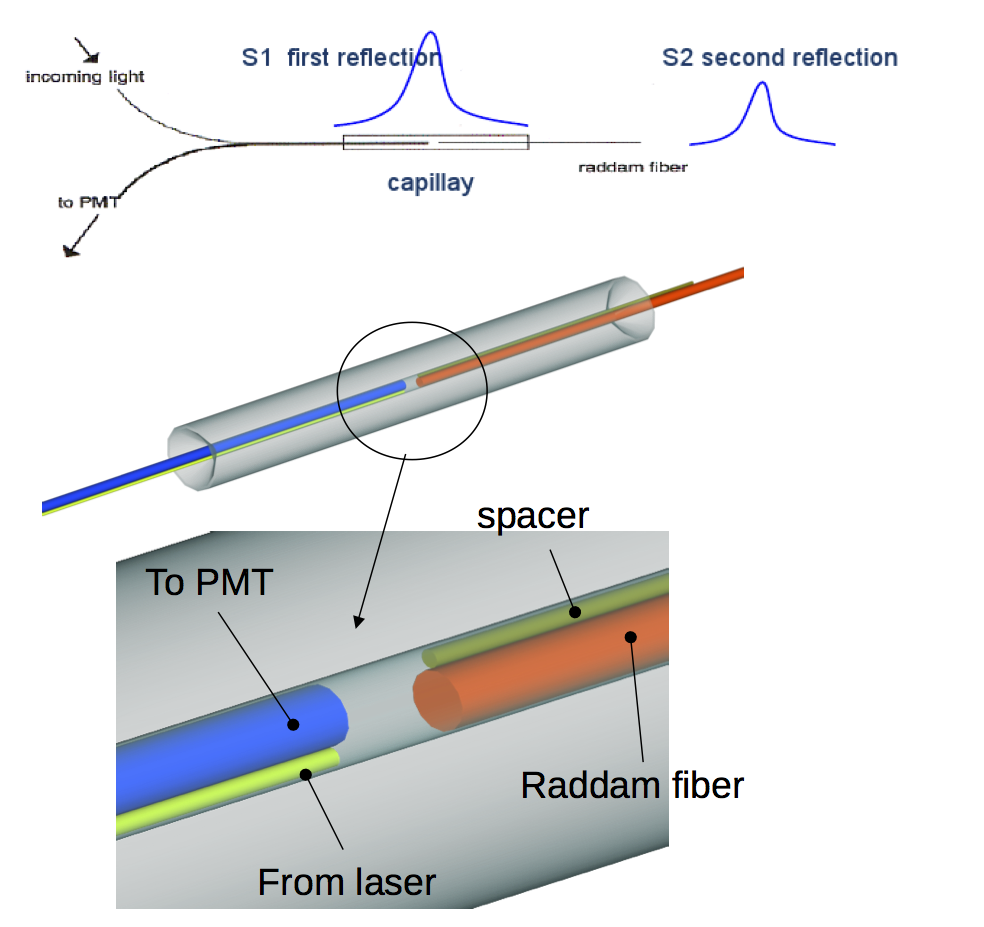CMS Detector Operations

ITU CMS group is participating mainly the areas of the CMS detector operation such as: data quality monitoring (DQM), data acquisation (DQM), alignment of the CMS tracking detector, operation, commissioning, monitoring and upgrade of the hadron calorimeter; online RADDAM monitoring system of HF
During their presences at CERN, our group members joins to the data taking shifts at the main CMS control room at Point 5 and the CMS Centre at Meyrin. Otherwise, we are actively monitoring HCAL performance from collision data and also local data (laser, LED, pedestals).
In the past, ITU group has been involved to the upgrade works on HCAL detector, mainly on end caps (HE) and forward calorimeters (HE). And since there is technical shutdown phase at CERN untill middle of March 2017, our group members will be participating to perform various upgrade efforts in HCAL.
CMS Hadronic Calorimeter

The Hadron Calorimeter (HCAL) measures the energy of hadrons, which are made of quarks and gluons. Additionally it provides indirect measurement of the presence of non-interacting, uncharged particles such as neutrinos. Measuring these particles is important as they can tell us if new particles such as the Higgs boson or supersymmetric particles (much heavier versions of the standard particles we know) have been formed. As these particles decay they may produce new particles that do not leave record of their presence in any part of the CMS detector. To spot these the HCAL must be hermetic, that is make sure it captures, to the extent possible, every particle emerging from the collisions. This way if we see particles shoot out one side of the detector, but not the other, with an imbalance in the momentum and energy (measured in the sideways transverse direction relative to the beam line), we can deduce that we’re producing invisible particles. To ensure that we’re seeing something new, rather than just letting familiar particles escape undetected, layers of the HCAL were built in a staggered fashion so that there are no gaps in direct lines that a familiar particle might escape through.
HF Online Radiation Monitoring RADDAM system

Due to the high level of radiation originating from particles produced in proton-proton interactions leads to a deterioration of the HF quartz fibers. The radiation dose strongly depends on the luminosity provided by the LHC machine, and leads to a time-dependent degradation of calorimeter response. The irradiation depends also on the angle and depth at which particles penetrate the detector. The effect of radiation damage on HF is much stronger than any other HCAL sub-detectors.
Our previous studies showed that the radiation damage increasing with dose,the light absorption is high below 380nm, quite low near 450 nm, rather high at 600 nm and negligible above 750 nm. And there is also a damage recovery when the irradiation stops. With the recovery the calibration of a detector using quartz fibres done after few days or weeks will appear better than it was at the time of data taking. The knowledge of the fibre light transmission at the post data taking time t of source calibration gives a correction to apply to get the real calibration at the data taking time.
In order to get the knowledge of the damage,we installed the RADDAM device in HF, monitoring the transparency to the blue light (450 nm) of 56 HF quartz fibres. The RADDAM system mainly consist of a Y shaped fiber, where in one end 450 nm light from the laser is injected through a capillary tube in a 2.5 m long fiber (two ends polished). The light is first reflected inside the capillary and reaches to the PMT. This makes the first pulse. Than some percentage of the light is guided thourough regular fibre which is installed in the absorber and reflected basck from the other end, which is at the interaction side, reaching 25 ns later to the PMT. This is the second pulse. The system measures the change of the ratio of two pulses. The second pulse is getting smaller and smaller due to the ramage. The ratio R = S1 /S2 is related to the fiber transparency. R is stable when pulses are near the middle of the DAQ clocks. R depends of the dose accumulated D, and of post data taking time t for recovery). One Raddam fibre is installed at 7 pseudorapidity rings of 4 wedges for each HF. 4 wedges x 7 towers per HF thus 56 channels in total distributed symmetrically across the geometry.
Updated:
2017-01-01
